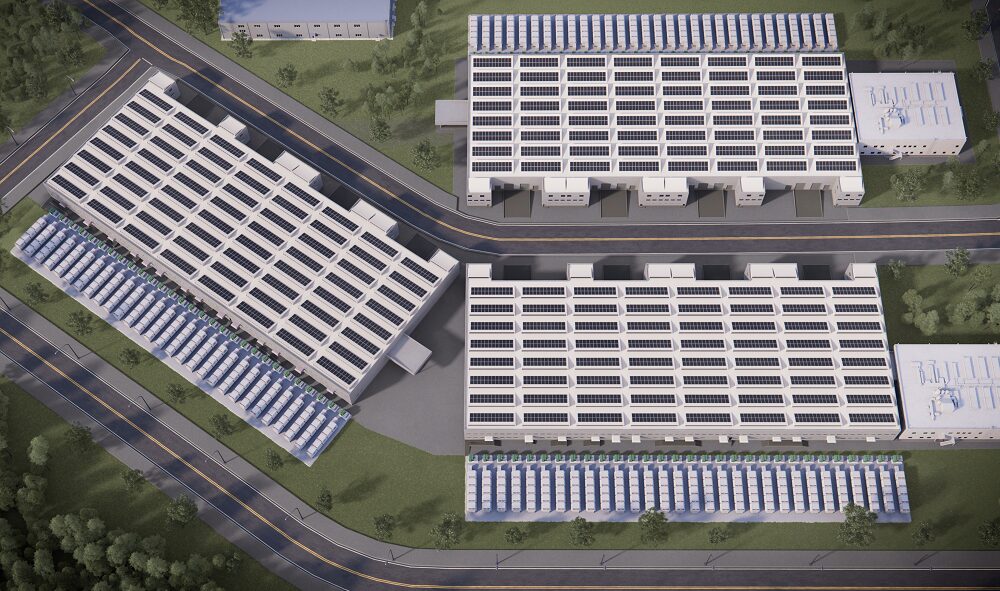
AI needs power. The grid can’t keep up. Flexible capacity offers a scalable solution to data center power bottlenecks.
AI needs power. The grid can’t keep up. Flexible capacity offers a scalable solution to data center power bottlenecks.
As AI and hyperscale data centers expand, power availability has become the bottleneck. According to NERC, more than half of U.S. regions face energy shortfalls. In key markets like Dallas, Northern Virginia, and Silicon Valley, available capacity is nearly or already exhausted. Every year of delay costs hyperscale operators tens of millions in lost revenue—and the U.S. risks falling behind in the global AI race.
Traditional energy infrastructure is too slow. Nuclear, natural gas turbines, and even renewables with storage can’t deliver reliable 24/7 power quickly enough to meet AI’s demands.
This paper introduces a third path:
Flexible onsite generation—a proven, scalable approach that accelerates interconnection timelines, supports grid stability, and avoids stranded asset risk.
Key Takeaways
Take the next step toward scalable, resilient power solutions for AI infrastructure.